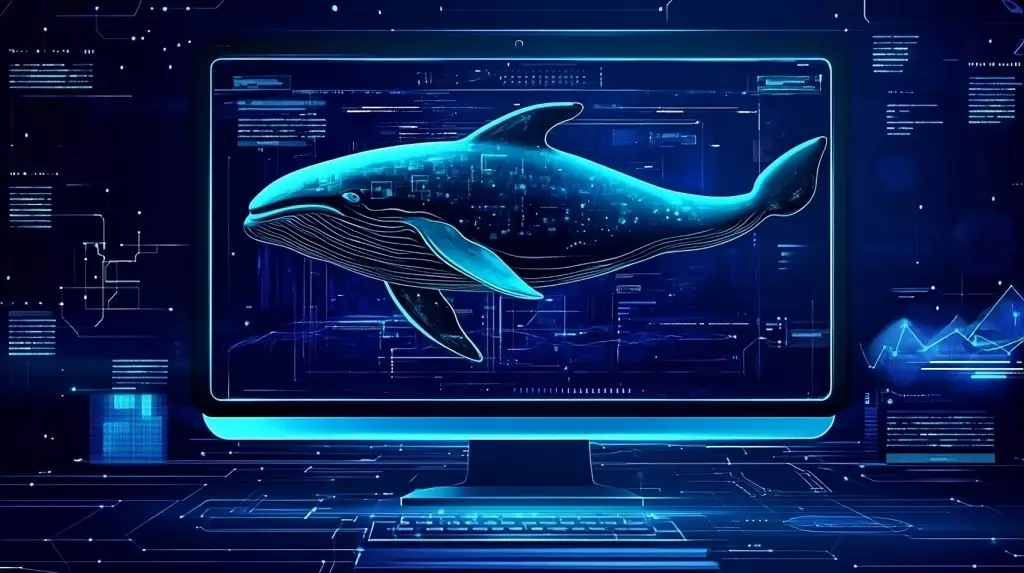The narrative surrounding artificial intelligence is undergoing a seismic transformation, marked by the recent accomplishments of DeepSeek, a company that has pushed the boundaries of what is achievable without leaning on the latest chip technology. This pivotal moment underscores a fundamental shift in AI development; it is not merely about harnessing greater computational power but rather about rethinking the interplay between AI systems and human cognition. As we navigate this crucial juncture, the promise of a “reasoning renaissance” emerges, hinting at a future where AI collaborates more effectively with humans and our environment.
Moving Beyond Brute Force
The AI landscape has been dominated by the idea that increased computing resources are the key to solving complex problems. However, industry experts—including Ilya Sutskever, the former chief scientist at OpenAI—are challenging this notion. During his recent keynote at NeurIPS, he suggested that the era of pre-training large models is drawing to a close. With the finite amount of data available on the internet, the efficiency of AI systems takes precedence. This perspective gained traction as DeepSeek demonstrated that cutting-edge performance could be achieved with far less investment in resources, emphasizing creativity and innovation over sheer power.
DeepSeek’s achievements echo the growing interest in “world models,” which simulate human cognitive processes to tackle challenges more intuitively. Companies like World Labs are investing significantly to create AI systems that genuinely understand reality, reflecting a broader shift in focus toward creating intelligent systems rather than merely larger ones.
Recent technological advancements highlight the practical implications of this reimagined AI landscape. For instance, Meta’s integration of contextual AI capabilities into Ray-Ban smart glasses illustrates how subtle changes in AI deployment can significantly enhance user experience. The ability to engage in continuous conversation without the need for wake words brings about a level of interactivity that could redefine human-AI relationships.
These developments are not just superficial upgrades; they represent a paradigm shift in how AI can amplify human capabilities while preventing the pitfalls associated with pre-trained models. However, this evolution is not without its complexities.
As efficiency in AI training improves, there is a risk that organizations will increase their resource consumption, a phenomenon referred to as Jevons Paradox. The paradox highlights how advancements in efficiency can lead to greater overall consumption, as cheaper training costs may incentivize more enterprises to create numerous models, thus escalating energy consumption. Nevertheless, DeepSeek’s innovations provide a counter-narrative, showcasing that significant efficiency gains can be made without the need for cutting-edge hardware, allowing for a more sustainable approach to AI development.
By shifting away from a focus on hardware capabilities, the industry can redirect its attention to developing smarter and more resource-conscious architectures. This approach, as Guy Van Den Broeck from UCLA emphasizes, aligns with the urgent need to mitigate the environmental impact of AI systems, pushing us towards better solutions that do not compromise quality.
With key figures like Yann LeCun at the helm of AI research, there is optimism for future systems that will engage in prolonged deliberation on complex issues. DeepSeek’s R1 model stands as a prototype for this vision, possessing the ability to “pause” and reassess strategies, mirroring human thought processes. The implications of such advancements could be profound, extending into climate change response, healthcare innovation, and much more.
However, as we consider the future, caution is necessary. Experts like Ameet Talwalkar from Carnegie Mellon remind us to approach these technologies with a critical eye and to remain vigilant regarding their potential paths. The future of AI may open incredible avenues, but the trajectory is uncertain.
For leaders in enterprise and innovation alike, the time is ripe to glance at a future where clever AI architecture takes precedence over oversized systems. Implementing a framework that prioritizes the deployment of specialized AI agents rather than monumental models could significantly optimize both performance and environmental sustainability. Additionally, emphasizing human-in-the-loop mechanisms will ensure a seamless blend of human creativity and machine intelligence.
The potential that lies ahead is electrifying. This new AI frontier offers a chance to innovate in ways that are not only efficient but deeply empathetic to human needs and ecological limitations. For both startups and established enterprises ready to challenge conventions, the future is an open canvas, inviting exploration and creativity in AI development.
DeepSeek’s achievements symbolize a departure from the age-old “bigger is better” mentality in AI, paving the way for a more nuanced, intelligent approach to machine learning systems. The focus on smart, adaptable architectures is essential for ensuring that AI serves humanity effectively, promoting a sustainable relationship with our planet. As we cultivate an ethos of ingenuity over power, we can harness AI’s potential to address some of the most pressing challenges of our time, marking an exhilarating new chapter in the narrative of artificial intelligence.

